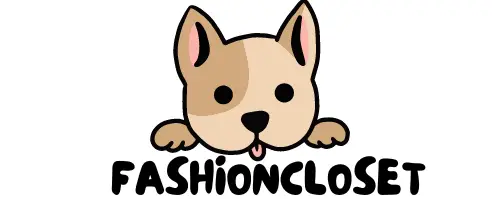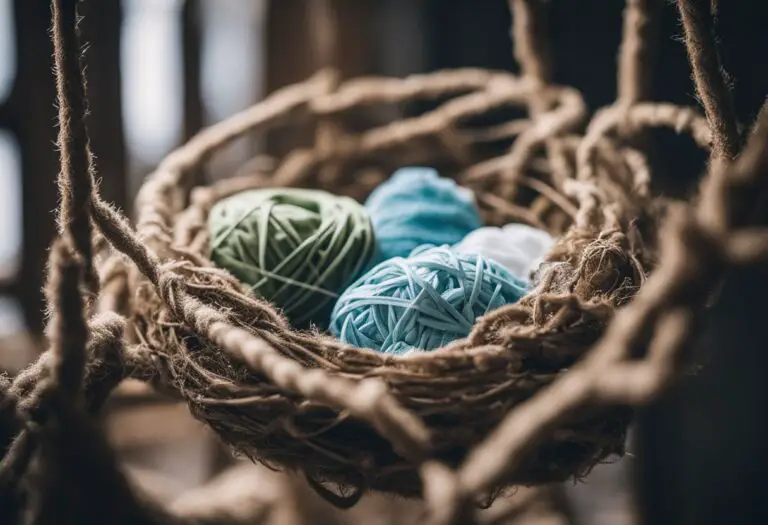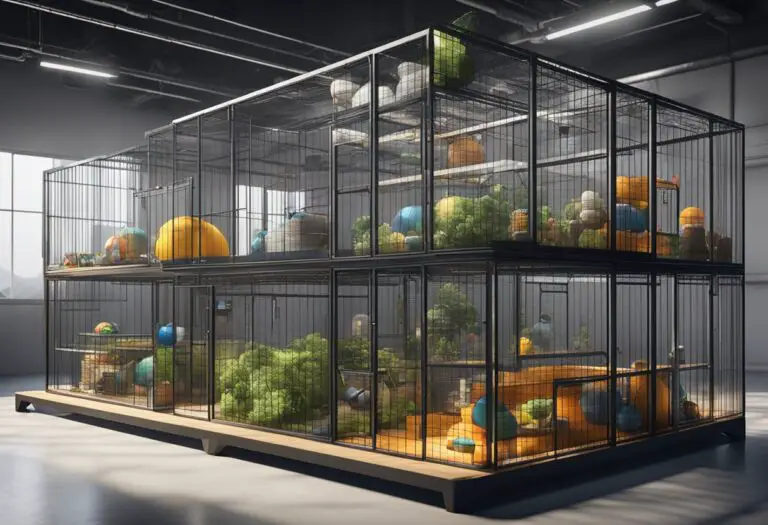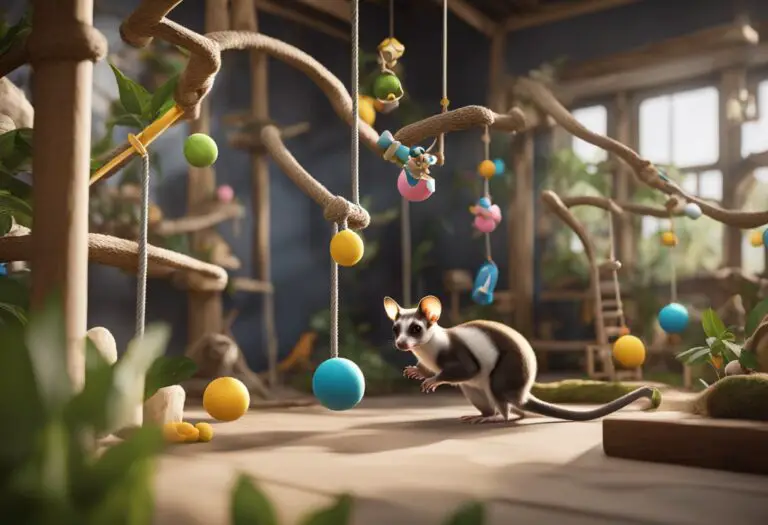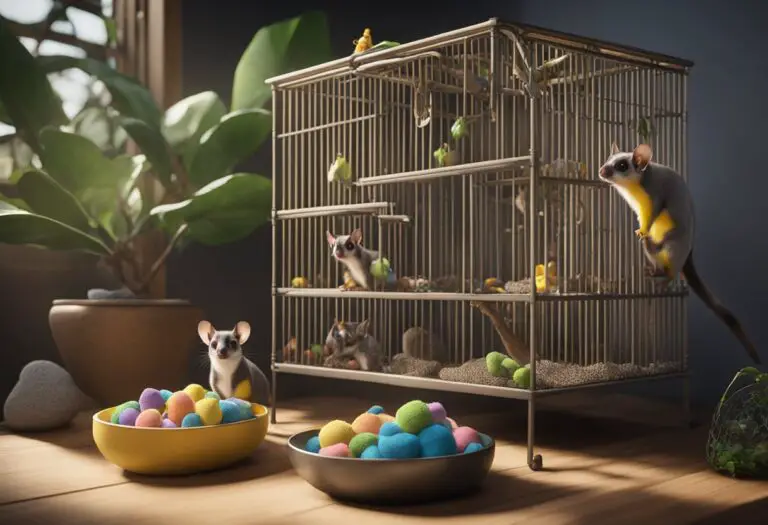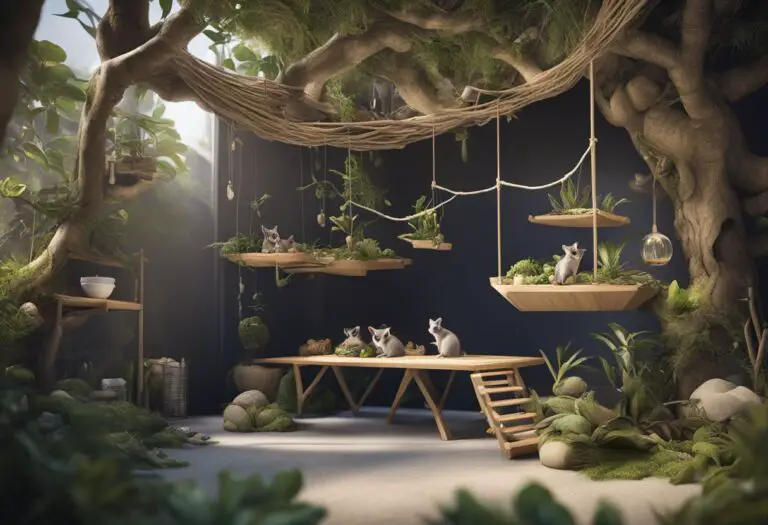Outdoor Enclosures for Sugar Gliders: Safe & Spacious
Sponsor 1
Sponsor 2
Sponsor 3
Sponsor 4
Sponsor 5
Sponsor 6
Sponsor 7
As a lifelong animal enthusiast, I’ve always been fascinated by the unique and endearing sugar glider. These delightful marsupials, with their gentle nature and captivating gliding ability, have stolen the hearts of countless pet owners around the world.
However, providing these special creatures with the proper environment is crucial to their well-being and happiness. That’s why I’m excited to share with you the remarkable benefits of outdoor enclosures for sugar gliders.
Outdoor enclosures for sugar gliders offer a secure and stimulating habitat that mirrors the natural environments these animals thrive in. By creating outdoor habitats and sugar glider aviaries that cater to their innate behaviors, we can ensure that our beloved pet marsupials have the space, enrichment, and safety they require to truly flourish. This article will delve into the key considerations, design elements, and legal aspects of constructing glider-safe outdoor spaces and outdoor sugar glider playgrounds, providing you with the knowledge to transform your backyard into a secure glider outdoor home that meets the unique needs of these marsupial outdoor enrichment enthusiasts.
Understanding Sugar Gliders’ Need for Outdoor Spaces
Sugar gliders, captivating marsupials, are native to the lush, forested environments of Australia, Indonesia, and Papua New Guinea. Their natural sugar glider natural habitat is characterized by dense canopies, diverse flora, and ample space to glide and explore. Outdoor enclosures for these delicate pets aim to mimic these natural conditions, providing them with the opportunity to engage in their instinctive behaviors, such as gliding, climbing, and foraging.
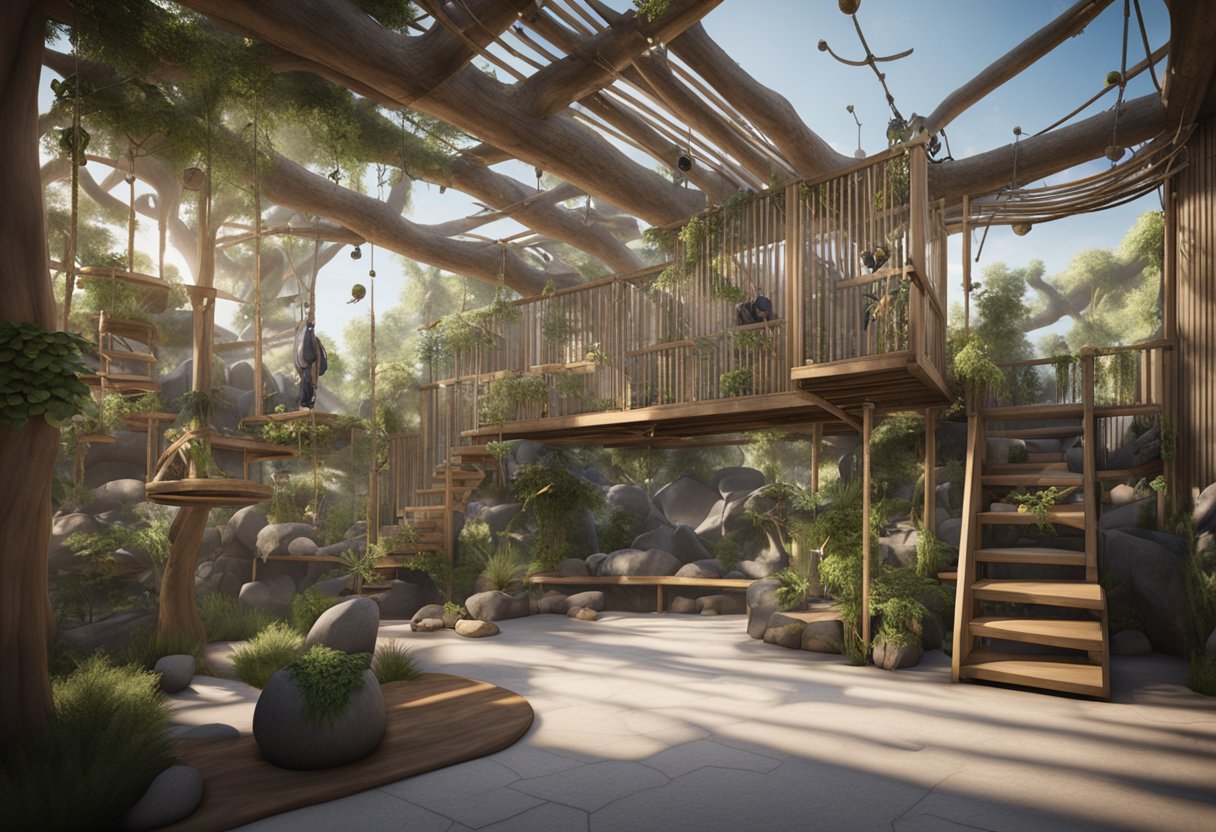
Benefits of Outdoor Enclosures for Sugar Gliders
By offering a spacious and enriched outdoor enclosures for sugar gliders, these animals can experience improved overall health, reduced stress, and enhanced well-being. The expansive environment allows sugar gliders to freely express their natural behaviors, promoting physical activity, mental stimulation, and social interaction.
Factors to Consider for Outdoor Enclosures
However, several factors to consider for sugar glider outdoor enclosures must be carefully evaluated when designing and constructing these specialized habitats. Factors such as climate control, predator protection, and escape prevention are crucial to ensure the safety and well-being of these delicate pets.
Types of Outdoor Enclosures for Sugar Gliders
Sugar gliders can be housed in a variety of outdoor enclosure designs, each offering unique benefits and considerations. From spacious aviaries and large cages to open-air outdoor runs and play areas, these specialized habitats provide sugar gliders with the opportunity to thrive in a natural environment.
Aviaries and Large Cages
Aviaries and large cages are popular choices for sugar glider outdoor enclosures, as they offer ample vertical and horizontal space for these agile marsupials to glide, climb, and explore. These structures are typically constructed with sturdy, non-toxic materials and feature multiple levels, perches, and hiding spots, creating a secure and enriched environment for sugar gliders to exhibit their natural behaviors.
Outdoor Runs and Play Areas
Outdoor runs and play areas, on the other hand, provide sugar gliders with a more open and natural setting, encouraging physical activity and social interaction. These enclosures are often integrated into the sugar gliders’ indoor living space, creating a seamless transition between their indoor and outdoor habitats and allowing for a more comprehensive and enriched living experience.
| Outdoor Enclosure Type | Key Features | Advantages | Considerations |
|---|---|---|---|
| Aviaries and Large Cages |
|
|
|
| Outdoor Runs and Play Areas |
|
|
|
Outdoor Enclosures for Sugar Gliders: Key Design Elements
Designing an effective outdoor enclosure for sugar gliders requires careful consideration of several key elements. From ample size and space requirements to comprehensive climate control and protection, each aspect plays a crucial role in ensuring the well-being of these delicate pets.
Size and Space Requirements
The size and space of the enclosure should be generous, allowing sugar gliders to freely glide, climb, and explore without feeling confined. These active marsupials require ample vertical and horizontal space to exhibit their natural behaviors, such as leaping from branch to branch and navigating through their environment.
Climate Control and Protection
Climate control and protection from environmental elements, such as extreme temperatures, precipitation, and wind, are paramount for the health and comfort of sugar gliders. Incorporating features like insulation, heating and cooling systems, and weatherproof materials can create a safe and stable microclimate within the outdoor enclosure, shielding these delicate pets from the harshness of the elements.
Enrichment and Climbing Structures
Incorporating a variety of enrichment features and climbing structures is essential for stimulating sugar gliders’ natural behaviors and promoting their overall well-being. Natural branches, ropes, platforms, and other interactive elements encourage climbing, gliding, and exploration, while also providing hiding spots and nesting areas for these curious creatures.
| Key Design Element | Importance | Recommended Features |
|---|---|---|
| Size and Space Requirements | Allows for natural behaviors like gliding and climbing | Generous vertical and horizontal dimensions, multiple levels, and ample open space |
| Climate Control and Protection | Safeguards sugar gliders from extreme temperatures, precipitation, and wind | Insulation, heating and cooling systems, weatherproof materials, and sheltered areas |
| Enrichment and Climbing Structures | Encourages natural behaviors and provides mental stimulation | Natural branches, ropes, platforms, hiding spots, and nesting areas |
Choosing Safe and Secure Materials
When constructing outdoor enclosures for sugar gliders, the selection of safe and secure materials is of paramount importance. It is essential to avoid any toxic or harmful substances that could potentially harm these delicate pets.
Avoiding Toxic and Harmful Substances
Sugar gliders are highly sensitive to certain chemicals and materials, so it is crucial to carefully research and select non-toxic options for their outdoor habitats. Avoid using paints, sealants, or wood preservatives that may contain harmful substances such as lead, arsenic, or volatile organic compounds (VOCs). Instead, opt for natural, untreated wood, stainless steel, or powder-coated metals that are safe for sugar glider exposure.
Escape-Proof and Predator-Proof Enclosures
The outdoor enclosure must be designed to be both escape-proof and predator-proof, ensuring the safety and security of the sugar gliders. Sturdy, rust-resistant mesh with small openings (no larger than 1/2 inch) should be used to create the structure, preventing the sugar gliders from squeezing through and escaping. Additionally, reinforced glass or Plexiglas can be incorporated to create secure viewing panels, while heavy-duty hardware, such as tamper-resistant hinges and locks, will help deter potential predators from accessing the enclosure.
By carefully selecting safe and secure materials, and incorporating escape-proof and predator-proof design elements, you can create an outdoor habitat that provides sugar gliders with a safe, stimulating, and enriching environment to thrive.
Outdoor Enclosures for Sugar Gliders: Setup and Maintenance
Properly setting up and maintaining an outdoor enclosure for sugar gliders is crucial for their health and well-being. Preparing the outdoor space involves ensuring the area is free of potential hazards, providing adequate shelter and hiding spots, and incorporating the necessary enrichment features.
Preparing the Outdoor Space
Before introducing sugar gliders to their new outdoor habitat, it is essential to thoroughly inspect the area and address any potential safety concerns. This includes removing any toxic plants, securing entry and exit points, and creating a safe and stimulating environment. Incorporating natural branches, ropes, and platforms not only encourages the sugar gliders’ natural behaviors but also provides them with a sense of security and comfort.
Introducing Sugar Gliders to the Outdoor Enclosure
When transitioning sugar gliders from their indoor living space to the outdoor enclosure, it is crucial to do so gradually. This allows the sugar gliders to acclimate to the new environment and feel secure in their surroundings. Start by allowing them to explore the outdoor space for short periods, gradually increasing the time they spend outdoors as they become more comfortable. Ensure that the enclosure provides ample hiding spots and shelter, which can help reduce stress and make the sugar gliders feel safe during this adjustment period.
Cleaning and Maintaining the Outdoor Enclosure
Regular cleaning and maintenance of the outdoor enclosure are essential to maintain a clean and safe environment for sugar gliders. This includes removing waste, disinfecting surfaces, and replenishing food and water sources. Attention should be paid to any potential areas of concern, such as worn or damaged materials, to ensure the enclosure remains secure and well-maintained. By dedicating time to the upkeep of the outdoor habitat, sugar glider owners can help ensure the long-term health and well-being of their delicate pets.
Outdoor Enclosure Accessories and Enrichment
Enhancing the sugar glider outdoor enclosures with carefully selected accessories and enrichment features can significantly improve the overall well-being of these delicate pets. Incorporating natural climbing and nesting structures such as branches, ropes, and platforms encourages their instinctive gliding and denning behaviors, allowing them to feel secure and engage in their natural habits.
Climbing and Nesting Structures
Strategically placing climbing and nesting structures within the sugar glider outdoor enclosures provides ample opportunities for these agile marsupials to exhibit their natural behaviors. From sturdy branches and ropes for gliding and climbing to cozy nesting areas and hiding spots, these features create a stimulating and enriched environment that caters to the sugar gliders’ innate needs.
Feeding and Water Stations
Ensuring that sugar gliders have access to essential resources is crucial for their overall health and well-being. Carefully positioned feeding and water stations within the outdoor enclosure allow these pets to easily access the necessary nutrients and hydration, supporting their active lifestyles and promoting optimal well-being.
Interactive Toys and Puzzles
Incorporating interactive toys and puzzles into the sugar glider outdoor enclosures stimulates the natural curiosity and problem-solving skills of these intelligent marsupials. From foraging toys to challenging platforms, these enrichment features prevent boredom, encourage mental stimulation, and foster a fulfilling and engaging environment for the sugar gliders to thrive.
| Outdoor Enclosure Accessories and Enrichment | Benefits |
|---|---|
| Climbing and Nesting Structures | Encourage natural behaviors, provide security and denning opportunities |
| Feeding and Water Stations | Ensure access to essential resources, support active lifestyles |
| Interactive Toys and Puzzles | Stimulate curiosity, promote mental stimulation, prevent boredom |
Outdoor Enclosures for Sugar Gliders: Safety Concerns
Ensuring the safety of sugar gliders in outdoor enclosures is a critical consideration. Protecting these delicate pets from potential predators, such as birds of prey, snakes, and other animals, requires meticulous planning and implementation of predator-proof features.
Protecting Sugar Gliders from Predators
Incorporating sturdy mesh, overhead netting, and secure entry and exit points are essential to safeguard sugar gliders from external threats in their outdoor habitats. These predator-proof measures help create a safe and secure environment, allowing sugar gliders to freely explore and enjoy the benefits of their outdoor enclosures.
Preventing Escapes and Injuries
Sugar gliders are known for their agility and ability to squeeze through even the smallest openings. Preventing escapes and potential injuries is paramount in maintaining the safety of these pets in outdoor enclosures. Designing escape-proof elements, installing secure locking mechanisms, and conducting regular inspections can help mitigate these risks and ensure a safe and comfortable outdoor living space for sugar gliders.
Connecting Indoor and Outdoor Enclosures
For optimal well-being, many sugar glider owners choose to seamlessly connect their indoor and outdoor enclosures, creating a cohesive and enriched living environment. By integrating these spaces, sugar gliders can enjoy the best of both worlds, with access to the comforts of their indoor home and the expansive space and enrichment of the outdoor enclosure.
Designing a Safe and Secure Transition
Designing a safe and secure transition between indoor and outdoor enclosures is essential, ensuring that sugar gliders can move freely between the two without the risk of escaping or encountering potential threats. The transition area should be carefully constructed to prevent any gaps or openings that could allow the sugar gliders to squeeze through, while also providing a smooth and unobstructed passage between the two habitats.
Providing Shelter and Hiding Spots
The transition area between the indoor and outdoor enclosures should also provide ample shelter and hiding spots, allowing sugar gliders to feel secure and comfortable as they explore the outdoor space. This can be achieved through the use of perches, platforms, and natural vegetation, creating a seamless integration between the indoor and outdoor environments. By offering these safe and cozy retreat areas, sugar gliders can feel at ease as they navigate between their familiar indoor home and the expansive outdoor enclosure.
Outdoor Enclosures for Sugar Gliders: Legal Considerations
When designing and constructing outdoor enclosures for sugar gliders, it is crucial to be aware of and comply with any relevant local laws and regulations. These can vary significantly depending on the geographic location, and may include requirements for the size, construction materials, and safety features of the enclosure, as well as the ownership and care of sugar gliders as pets.
Local Laws and Regulations
The legal considerations for sugar glider outdoor enclosures can differ greatly across regions and municipalities. Some areas may have specific zoning laws or animal welfare regulations that dictate the acceptable parameters for housing these unique marsupial pets outdoors. It is essential to research and understand the local laws and regulations applicable to your area to ensure compliance and avoid any potential legal complications.
Obtaining Necessary Permits
In addition to understanding the relevant laws and regulations, securing the necessary permits for the construction and operation of a sugar glider outdoor enclosure is a critical step. Depending on your location, you may need to obtain permits, licenses, or approvals from local authorities, such as the city, county, or state government. Thoroughly researching and adhering to all permit requirements will help ensure the legality and compliance of your sugar glider’s outdoor habitat.
